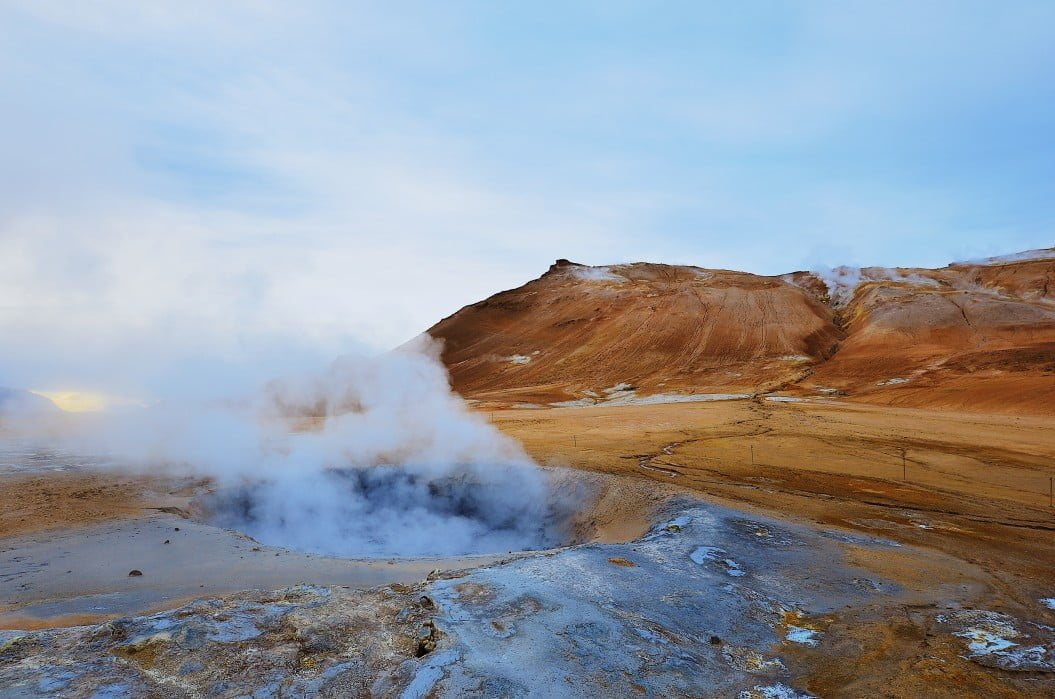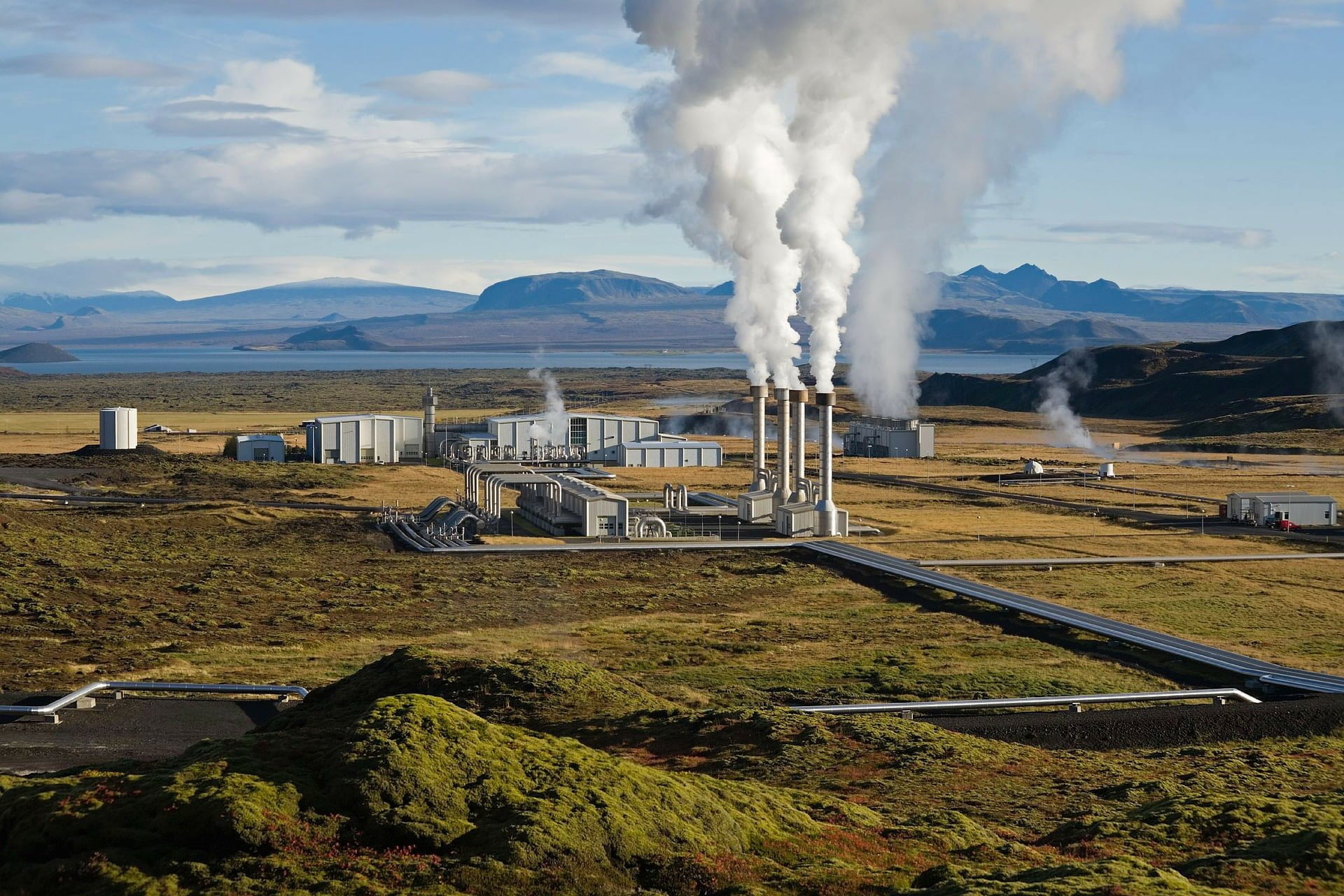Geothermal Energy: The Democratic Republic of Congo Towards an Energy Transition?
Guest Post by: Issa Ludunge Jospin, Researcher Assistant at the Geothermal Research Center/DR Congo
The importance of diversification in energy supply has been highlighted since the 1970s following the energy crisis. This has led nations to invest in the search for exploitable energies to overcome this problem.
However, following the damage to the environment caused by the use of less clean energies, the general trend these days is to favor renewable energies in order to mitigate the degradation of the environment having the direct impact on global warming. . Geothermal energy is likely to contribute more or less significantly depending on resources and demand.
Geothermal energy designates not only the thermal phenomena occurring inside the terrestrial globe, but also the science that studies these thermal phenomena as well as the source of energy that they represent. The term geothermal energy is also used for the technical processes that make it possible to exploit this resource in order to extract energy in the form of heat or electricity.

The geothermal power of the Earth is estimated at 30 billion kilowatts, and the calorie reserves of the first two kilometers of the earth’s crust are several thousand times greater than those of fossil fuels. The fact remains that the exploitation of these resources is of economic interest only in very special geological situations, to which must be added favorable surface condition. This explains the relatively modest share of geothermal energy in the global energy balance (less than one percent) (http://www.universalis.fr/encyclopedie/geothermie/).
After the great success in transforming the earth’s temperature into energy in different countries of the world, among others; United States, Philippines, Indonesia, Kenya,…; today, the DRC is also interested in this renewable energy to take advantage of its derivatives. In East Africa, the tectonic context makes thermal heat accessible, still little exploited globally but present in large quantities in this area. The Great Rift Fault, which crosses much of East Africa, is the source of intense tectonic movements in the area and is the basis of volcanic activity.
The geothermal potential of the DRC is largely located in the western branch of the East African Rift. Its potential is not yet evaluated and no application is practiced to date. The identified geothermal sites have not yet been the subject of in-depth study, among others, the sites in North Katanga, North Kivu and South Kivu.
To answer this question, the Congolese government has decided to get involved by opening for the first time in this country, a Geothermal Research Center whose primary mission is to carry out in-depth studies to highlight the geothermal potential of this great country and their prospects.
How important would such a project in the heart of Africa be in the fight against environmental abuse and the climate crisis?
In DR Congo, biomass provides more than 95% of the country’s energy inputs, mainly in the form of firewood and charcoal. Given their almost exclusive dependence on this type of energy, households are the main consumers of biomass. According to the African Energy Commission (AFREC) database for the residential sector, charcoal accounted for 15% of energy consumed in 2018, compared to 84% for firewood, and only 1% for electricity. In households, energy is mainly used for cooking; the widespread use of rudimentary stoves justifies the high demand for firewood. Charcoal is mainly used in urban areas. Uses such as “lighting, cooking, television, air conditioning, ventilation, washing machines and refrigeration dominate electricity consumption” (AFREC, 2018, p. 43).
Power plants are the most implemented projects arising from geothermal heat, followed by other uses such as heating, agriculture, …; referring to the study conducted by “Sustainable Energy for all” in collaboration with the UNDP, entitled “Sustainable energy for the horizon 2030 in DR Congo” shows that in 2030, the country will have approximately 143 million inhabitants, more than half of whom live in urban areas. This demographic growth and especially the change in the distribution of the population between rural and urban will have a very strong impact on the volume of energy needs and on the structure of energy consumption in 2030.

Universal access to electricity at the national level in the DR Congo would mean an access rate to electricity rising from 9% in 2011 (for a population of 72.8 million inhabitants) to 100% in 2030 (for a population of 143 million inhabitants)
But to achieve this objective of universal electrification by 2030, the final electricity consumption would then be around 149,528 Gwh in 2030 (or 12,858 Ktoe), i.e. a multiplication by 23.8 of the level of total final electricity consumption in 2011, or by 11.25 times the average final electricity consumption per capita, which would thus fall from 0.008 toe/inhabitant (i.e. 1,394 kWh/year/hbt) in 2011 to 0, 09 toe/inhabitant (i.e. 15,685 kWh/year/hbt) in 2030.
Thus, given the forecast of future energy needs, the DR Congo is obliged to diversify its energy sources by highlighting and exploiting its geothermal potential in order to respond effectively to this vital need for its development and by the same opportunity to safeguard the ecological environment which, failing that, would risk being a recourse and a target to make up for the lack of energy.
Access to clean and affordable energy services is an imperative for sustainable development. Although difficult to measure, there are many benefits to improving access to electricity. These include better access to health services, refrigeration, drinking water, public lighting, communication technologies, mobile banking services and education. Better access to electricity would also increase local productive, community, industrial and commercial activities (Energy System Research Group, University of Cap town, 2020). Thus, energy is the engine of development. An energy policy framework is important for the DR Congo and this must go through energy modernization.
Energy modernization is a concept neglected by several developing countries, because unlike in the past, solutions related to the construction of hydroelectric dams were easy questions, because there was a predominance of more or less two energy sources, among others, hydropower and fossil fuels; but today with the problem of climate change, there is reason to think of an energy situation where renewable energies play an important part.










Interesting project 👌
İ like this page dear,
Go ahead
Bon article.
Qu’en est-Il des energies fossilles?
Peut- on s’en passer ou bien on peut toujours faire un reccours cher Chercheur?